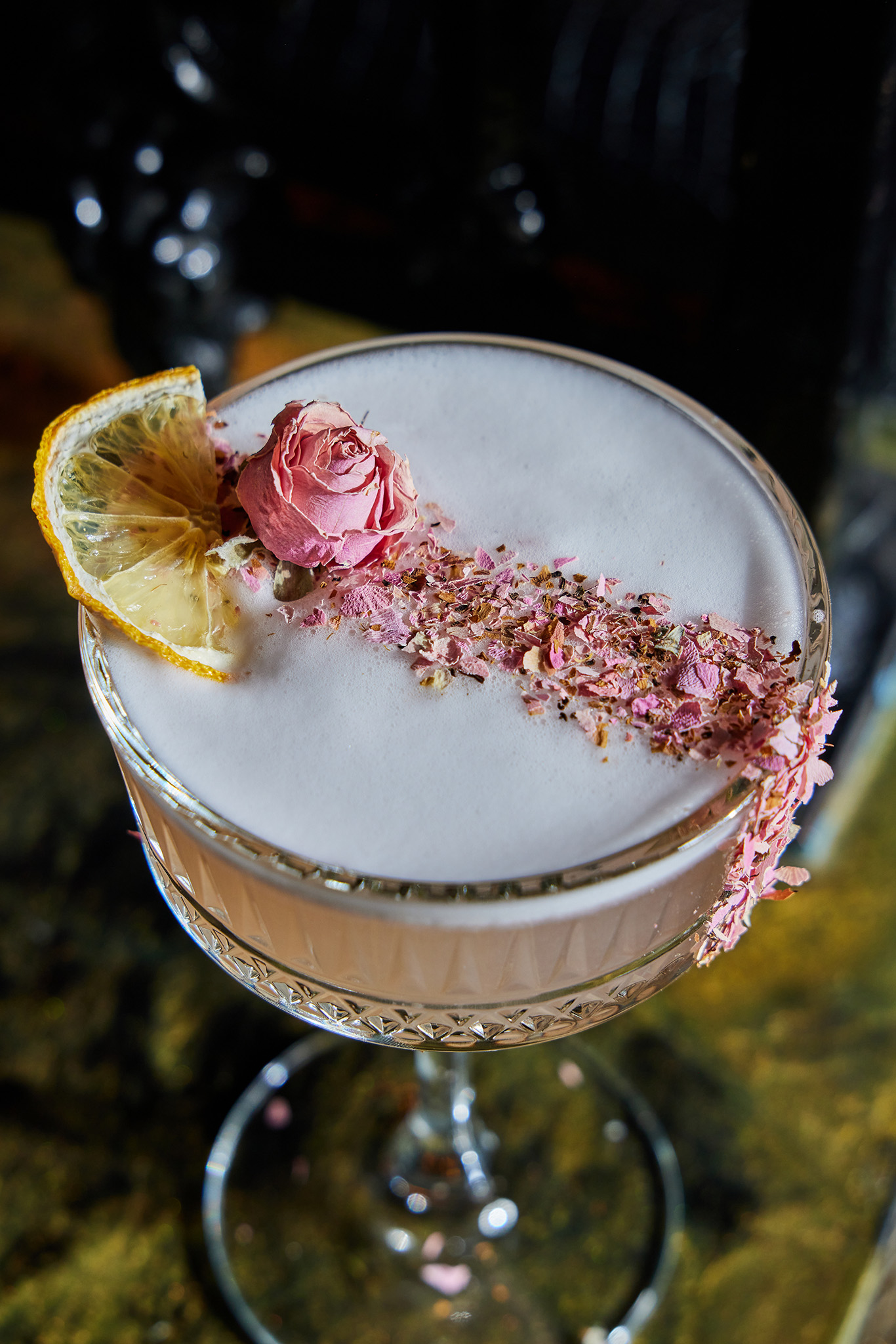Events
Events
An Unfulfilled promise: Desegregation and busing in boston
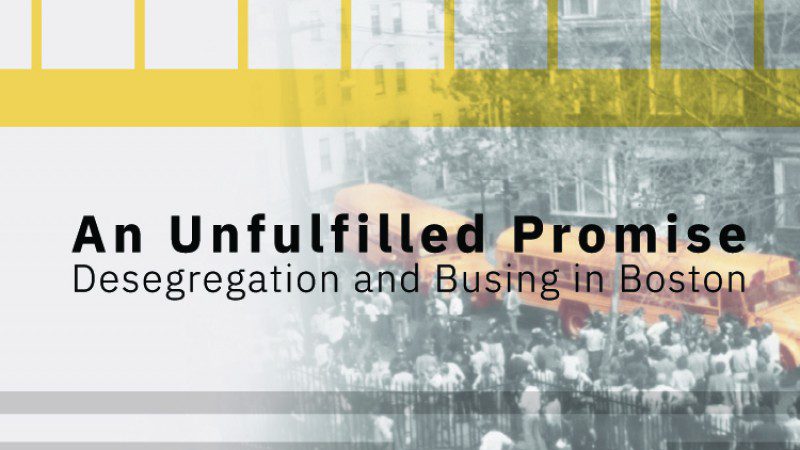
Blue Cross Blue Shield of Massachusetts Celebrates National Bike Month with Free $50 Bluebikes Credits
Custom Engraving with Estee Lauder – Perfect for Mother’s Day gifting!

Downtown Boston Arts Market
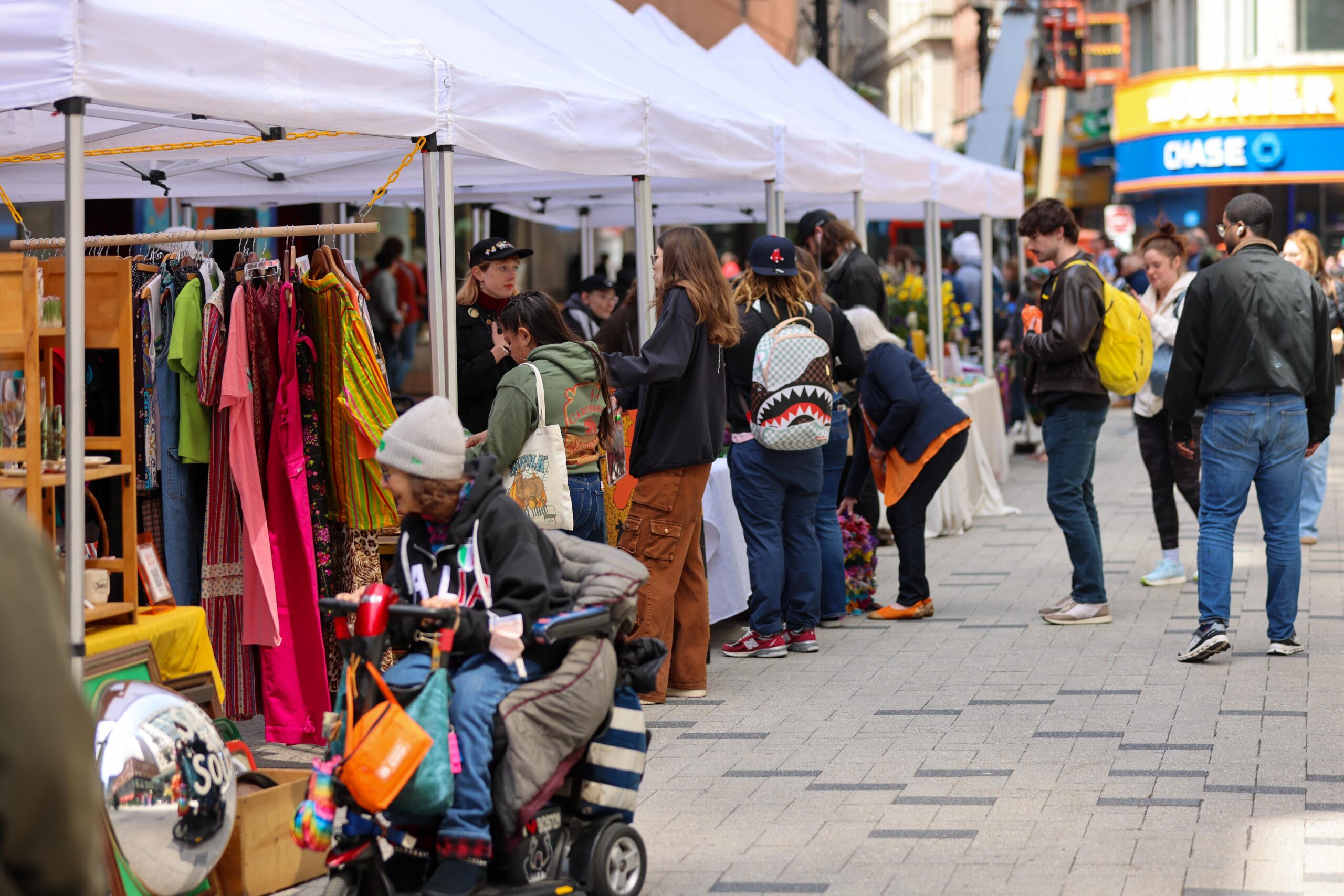
Kids Balloon Magic Mother’s Day Show
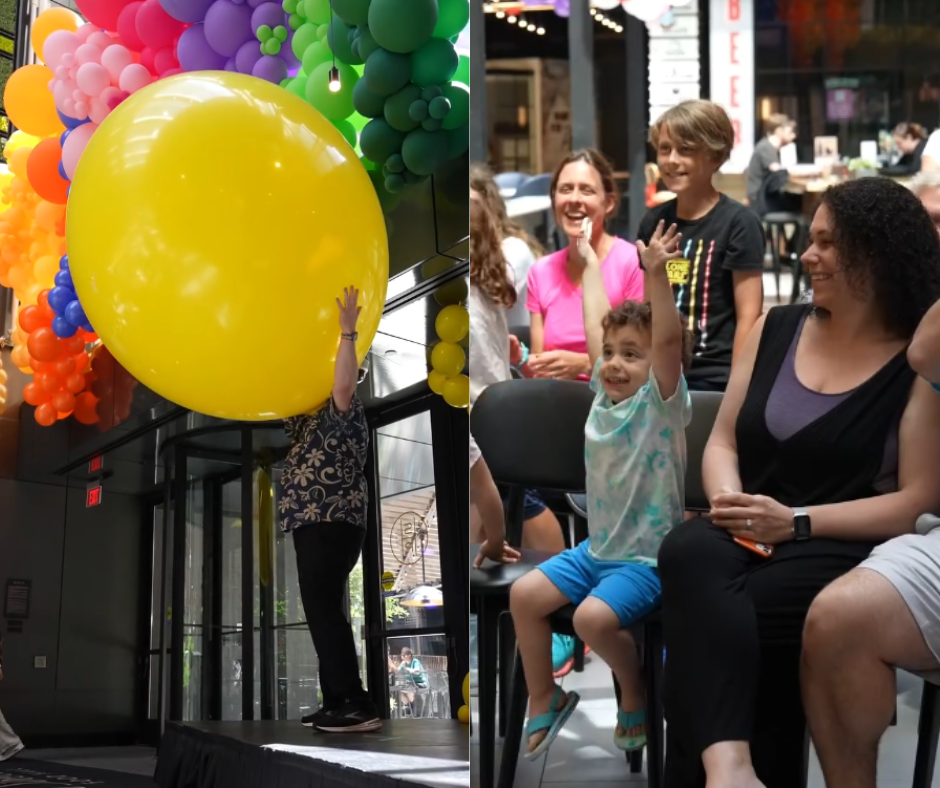
Gillian Welch & David Rawlings
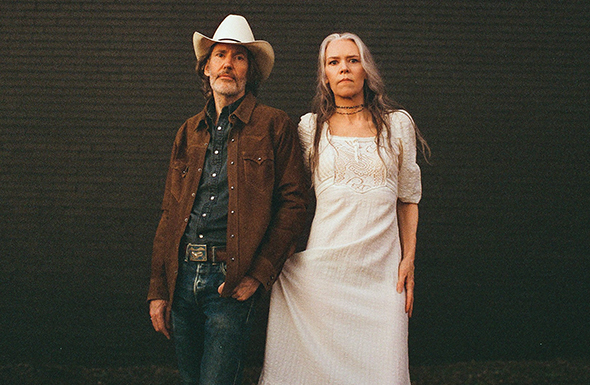
Duckling Day

Professor Brian Cox: Horizons
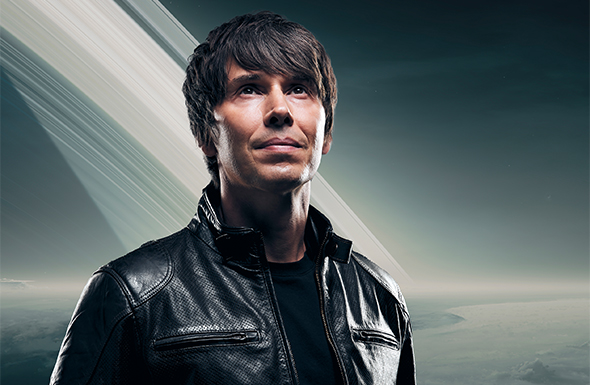
Siege of Boston 250th Anniversary Walking Tour
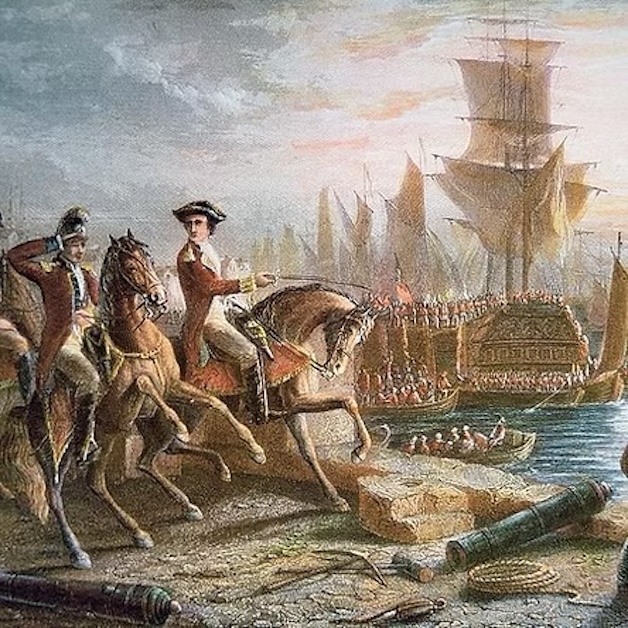
Downtown Boston Arts Market

Jay Shetty

Boston Ballet presents Spring Experience
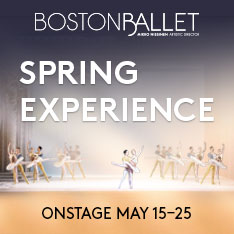
Downtown Boston Arts Market

Film Screening: Power
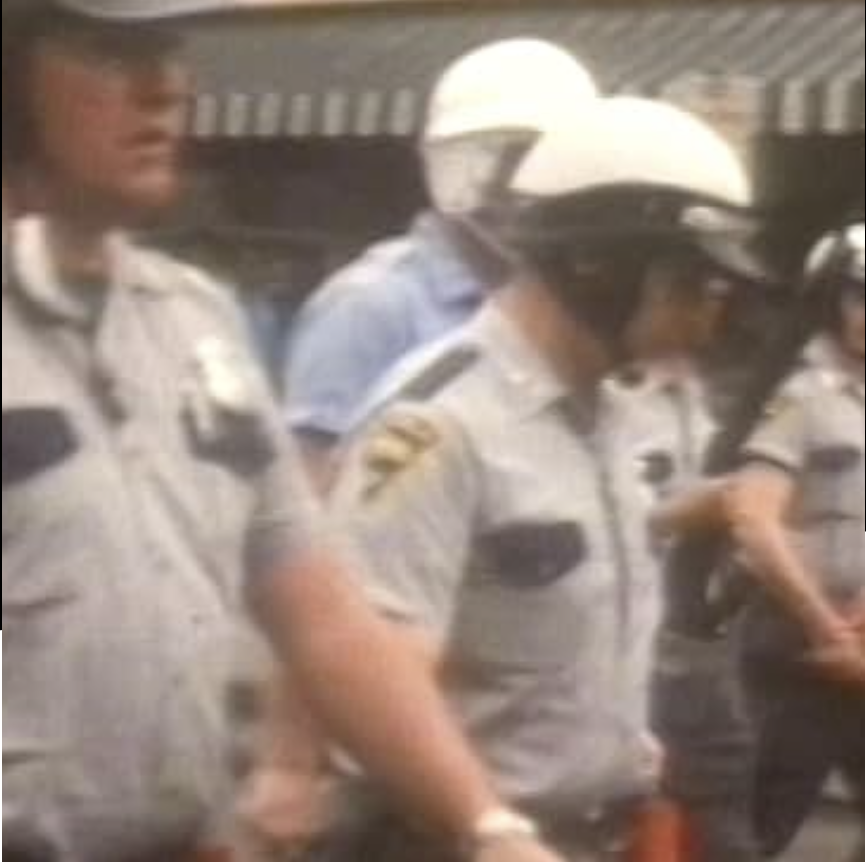
Danae Hays

Little Groove Kids Music Class

Boston Women’s Market
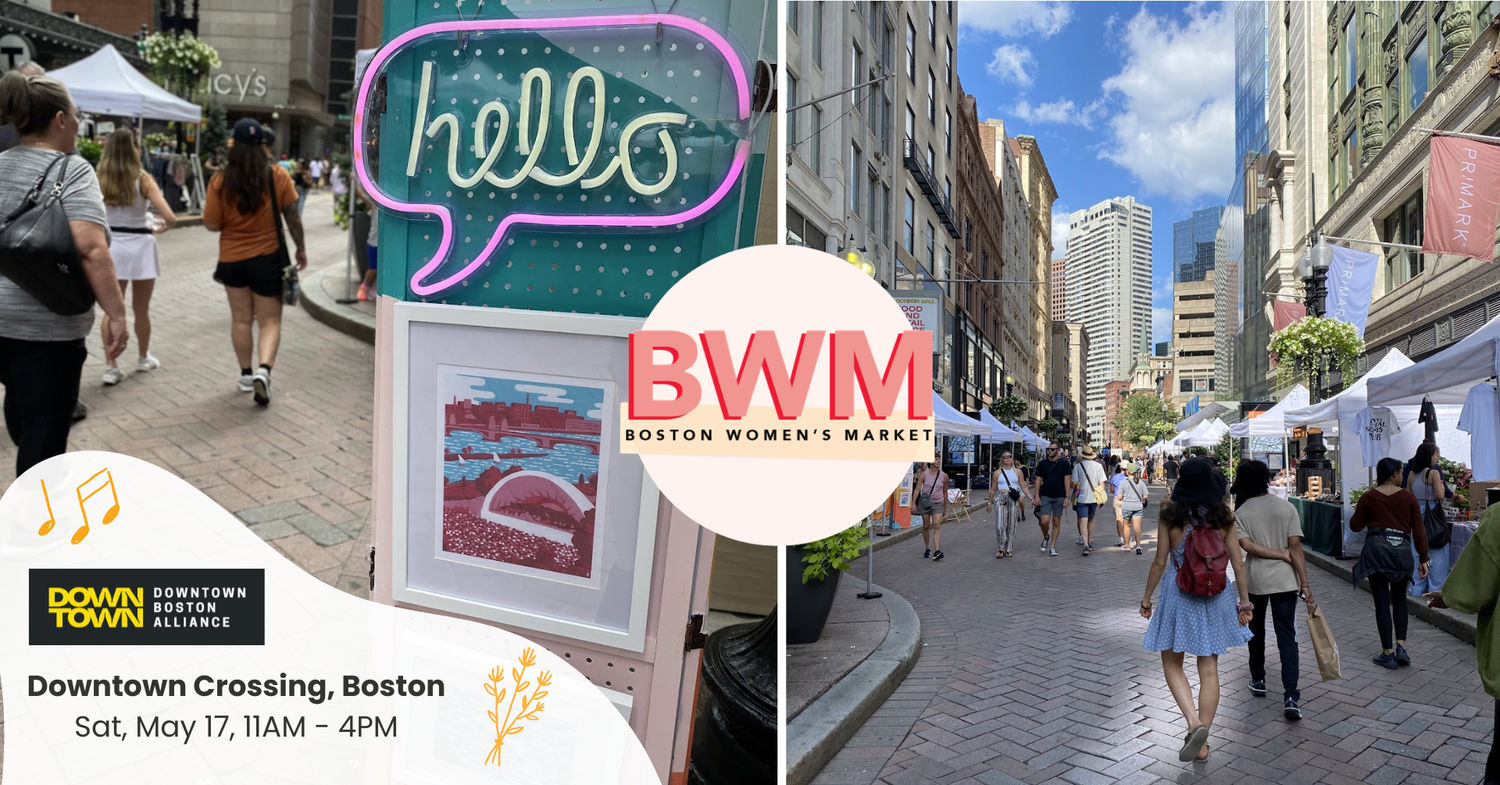
Tina Fey & Amy Poehler

Film Screening: The Truer History of the Chan Family
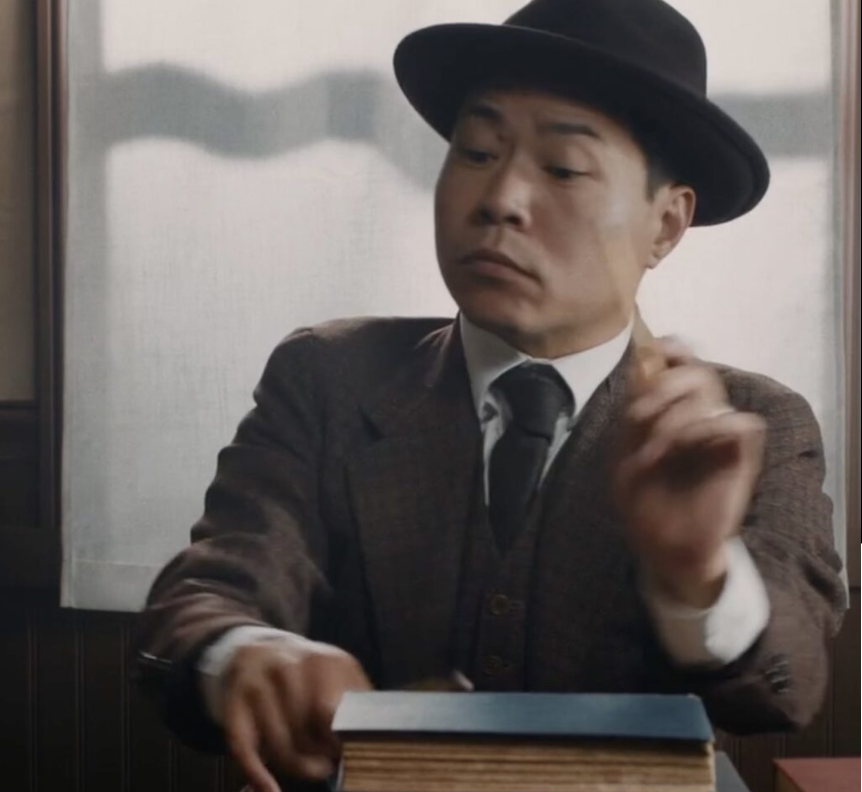
Queer Artists Market
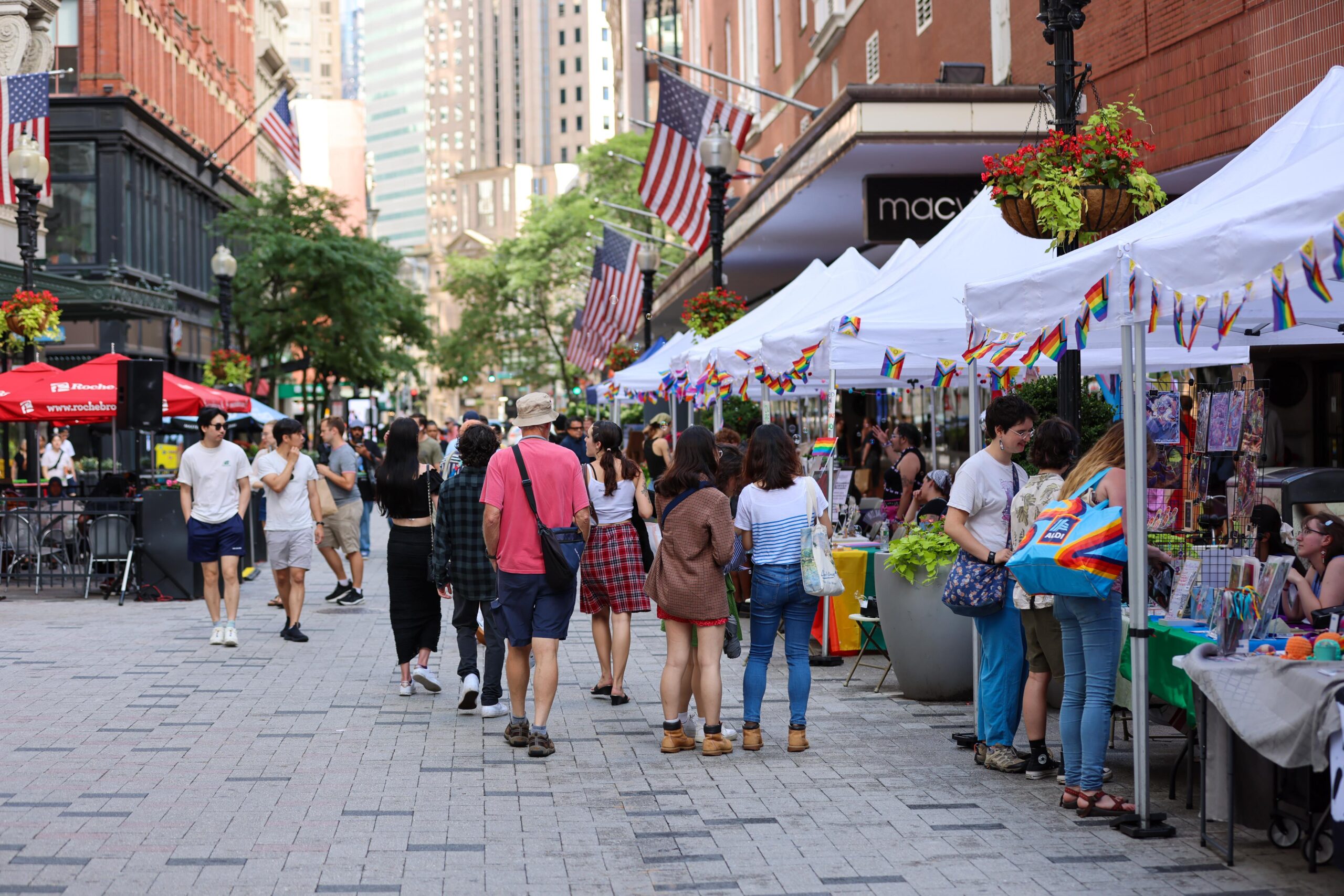
Naruto: The Symphonic Experience

Next Generation
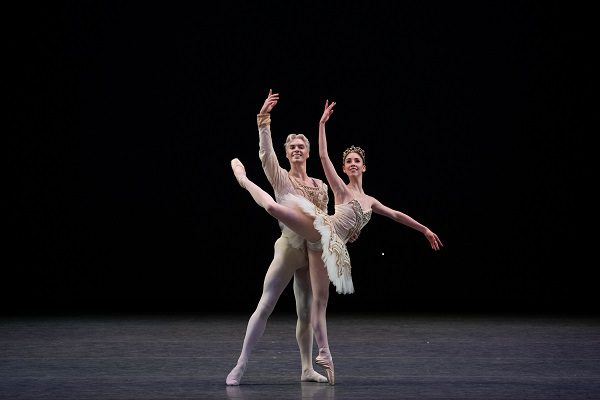
Downtown Boston Arts Market

Downtown Boston Arts Market

Gracenote Coffee Tasting & Pottery Class

World Afrika Day Block Party
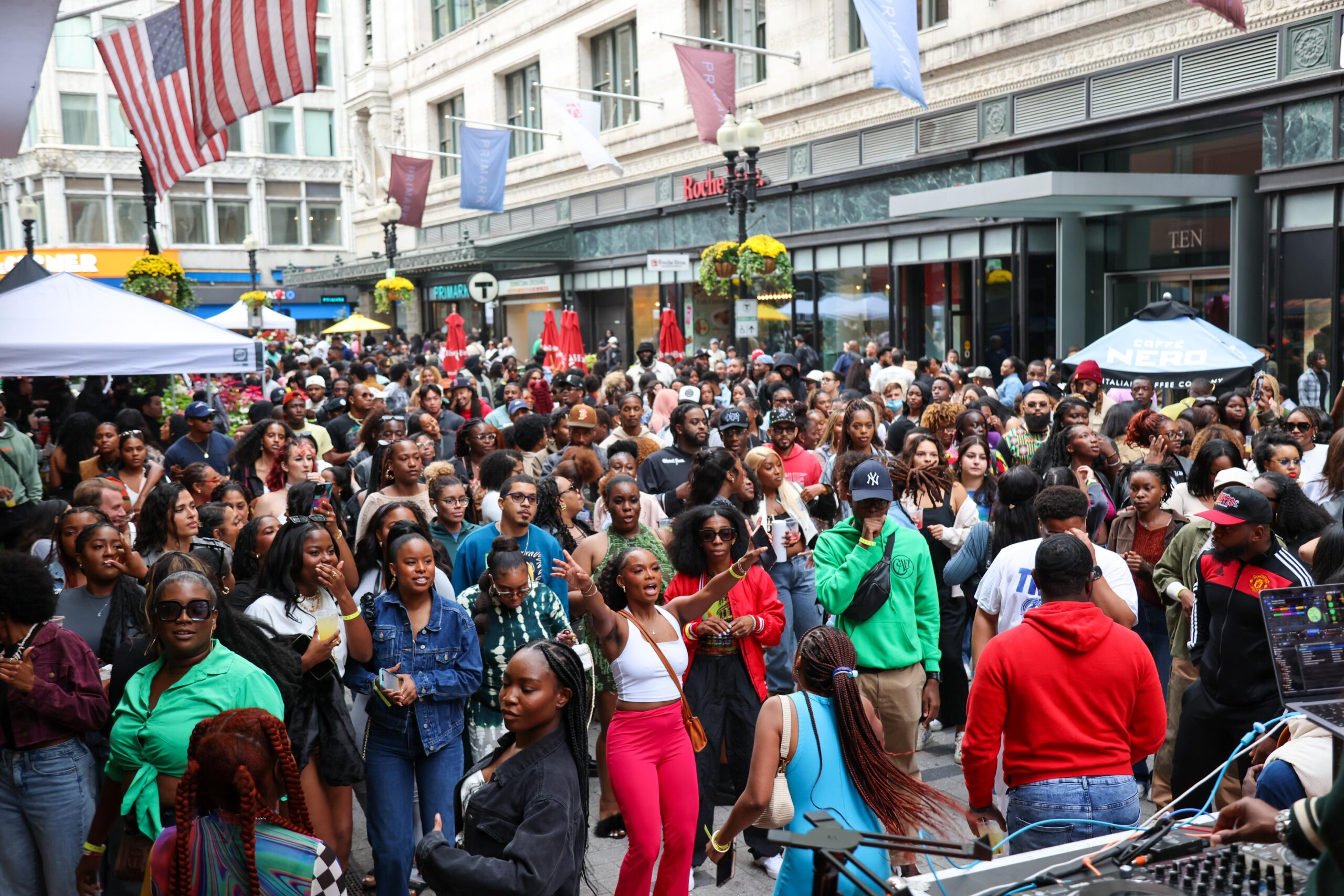
Downtown Boston Arts Market

Boston Ballet Presents Roméo et Juliette
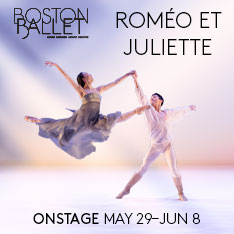
Downtown Boston Arts Market

Ali Siddiq

The Witcher

Countess Cabaret
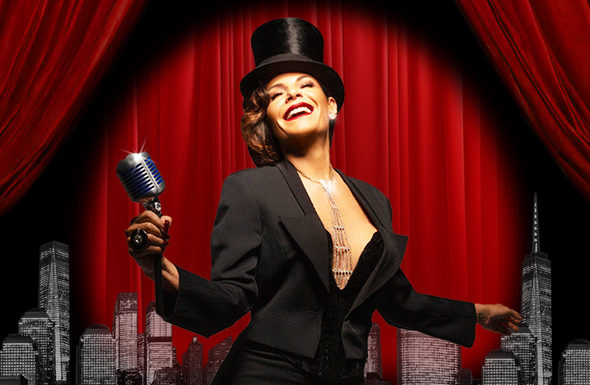
The Witcher

Downtown Boston Arts Market

Downtown Boston Arts Market

CoComelon Sing-A-Long Live

La La Land In Concert
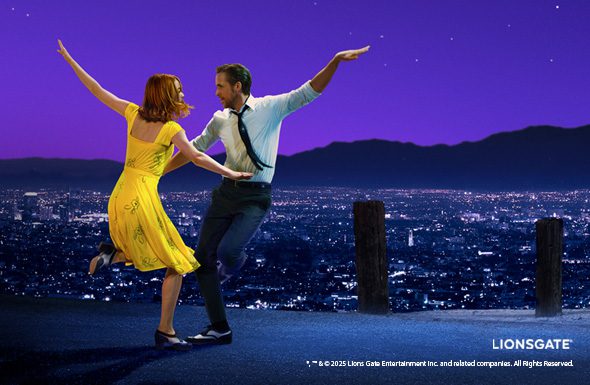
International Day of Play 2025
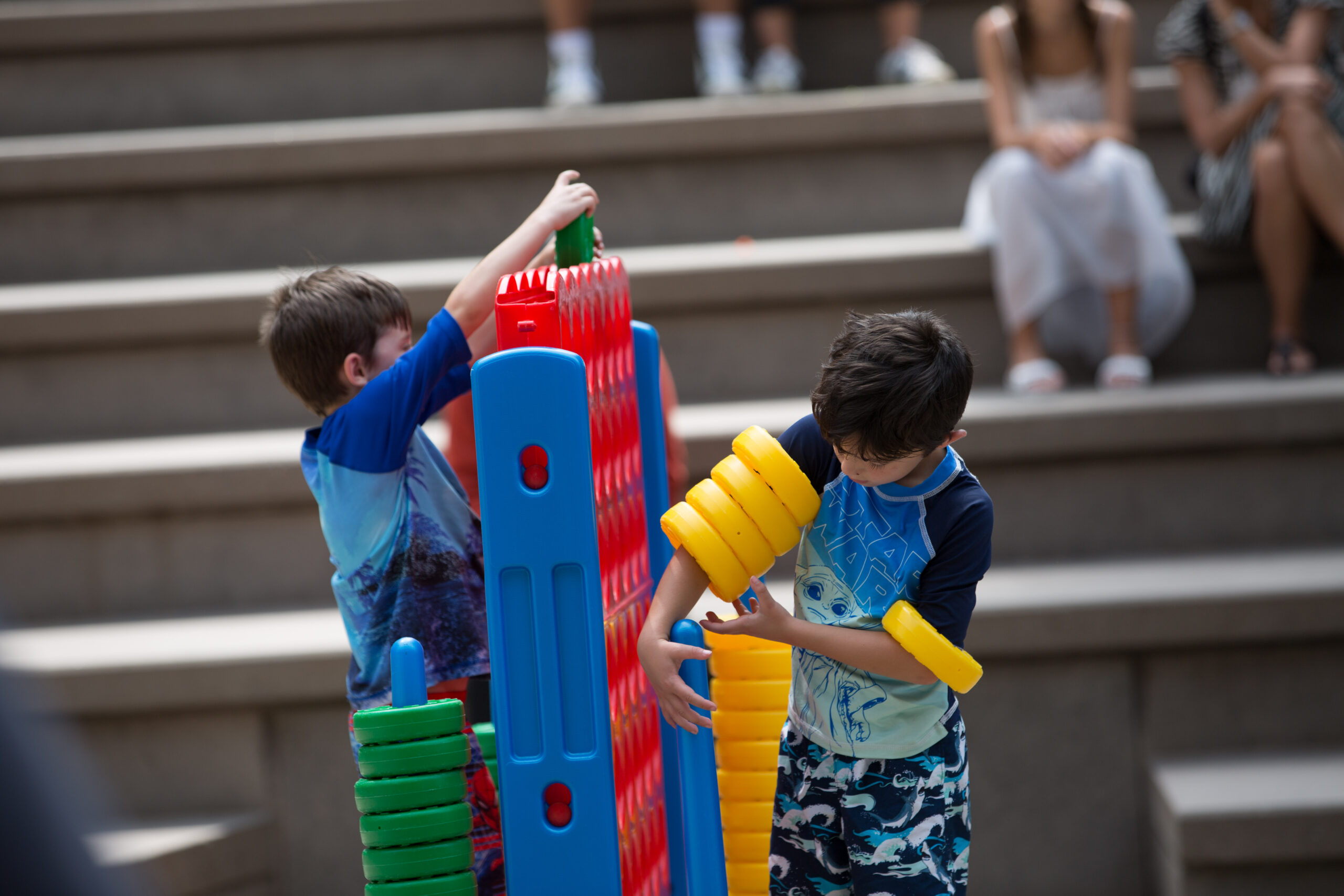
Downtown Boston Arts Market

Downtown Boston Arts Market

Pink Triangle Legacies: Holocaust History & the Fight for LGBTQ+ Rights
Battle of Bunker Hill 250th Anniversary Walking Tour
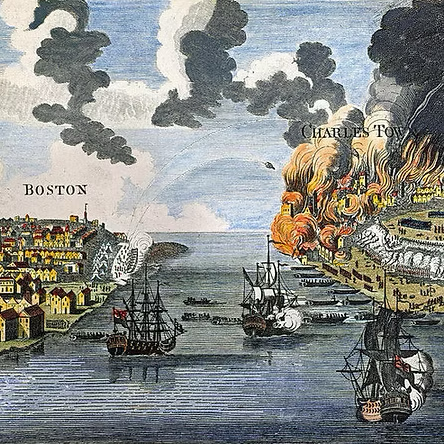
Downtown Boston Arts Market

Downtown Boston Arts Market

Little Groove Kids Music Class

Boston Pizza Festival
Natalia Lafourcade – Cancionera Tour
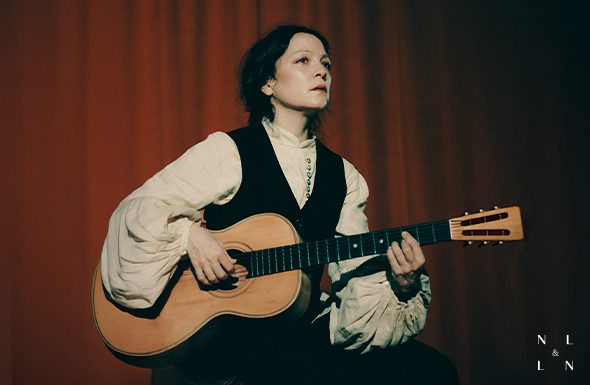
Boston Pizza Festival
Sarah Millican

Downtown Boston Arts Market

Jimmy Carr

Downtown Boston Arts Market

Coffee Tasting + Clay Mug Making

Downtown Boston Arts Market

Downtown Boston Arts Market

Downtown Boston Arts Market

Downtown Boston Arts Market

“Weird Al” Yankovic

Downtown Boston Arts Market

Downtown Boston Arts Market

Downtown Boston Arts Market

Downtown Boston Arts Market

Downtown Boston Arts Market

Downtown Boston Arts Market

Lost 80s Live

Downtown Boston Arts Market

Downtown Boston Arts Market

Downtown Boston Arts Market

Downtown Boston Arts Market

Downtown Boston Arts Market

Downtown Boston Arts Market

Downtown Boston Arts Market

Downtown Boston Arts Market

Downtown Boston Arts Market

Downtown Boston Arts Market

Downtown Boston Arts Market

Downtown Boston Arts Market

The Australian Pink Floyd Show

Downtown Boston Arts Market

Downtown Boston Arts Market

Wardruna: World Tour 2025 – Part II
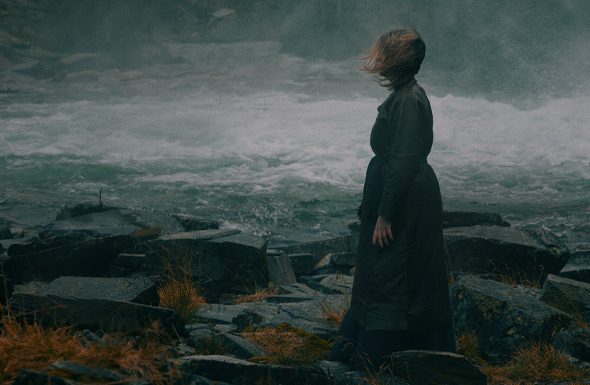
Downtown Boston Arts Market

Thee Phantom & The Illharmonic Orchestra

Downtown Boston Arts Market

Buena Vista Orchestra

Avatar: The Last Airbender In Concert
Avatar: The Last Airbender In Concert
An Evening with Samin Nosrat
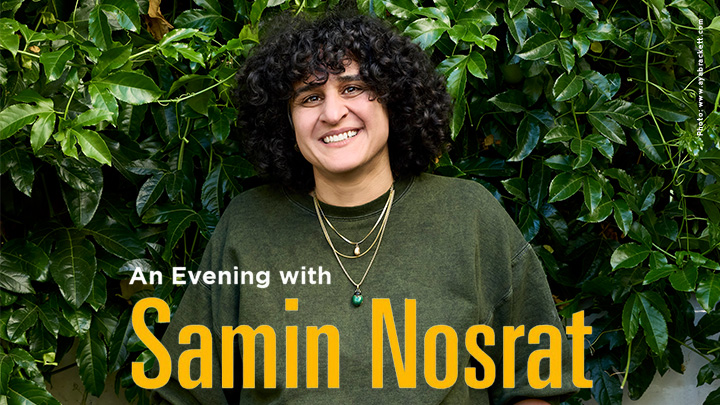
Steven Wilson: The Overview Tour

The Rocky Horror Picture Show

Downtown Boston Arts Market

Downtown Boston Arts Market

Blessing of the Animals
Stardew Valley: Symphony of Seasons
Downtown Boston Arts Market

Downtown Boston Arts Market

Downtown Boston Arts Market

Downtown Boston Arts Market

Downtown Boston Arts Market

Downtown Boston Arts Market

Leanne Morgan

Herbie Hancock
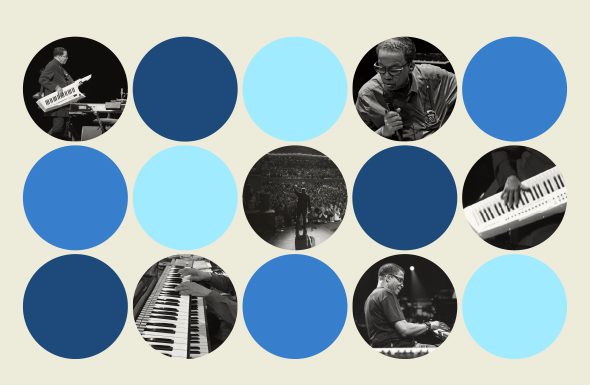
Twilight In Concert
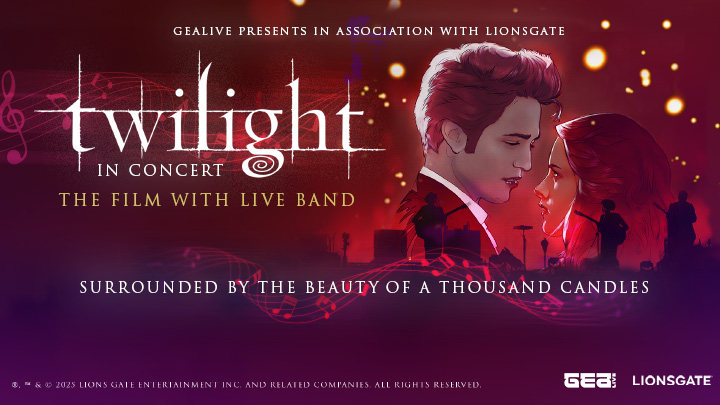
Twilight In Concert

Steve Martin & Martin Short: “The Dukes of Funnytown!”

I’m With Her – Wild and Clear and Blue 2025

Harry Potter and the Cursed Child

HARRY POTTER AND THE CURSED CHILD

HARRY POTTER AND THE CURSED CHILD

HARRY POTTER AND THE CURSED CHILD

HARRY POTTER AND THE CURSED CHILD

HARRY POTTER AND THE CURSED CHILD

HARRY POTTER AND THE CURSED CHILD

HARRY POTTER AND THE CURSED CHILD

HARRY POTTER AND THE CURSED CHILD

HARRY POTTER AND THE CURSED CHILD

HARRY POTTER AND THE CURSED CHILD

HARRY POTTER AND THE CURSED CHILD

HARRY POTTER AND THE CURSED CHILD

Penn & Teller

HARRY POTTER AND THE CURSED CHILD

HARRY POTTER AND THE CURSED CHILD

HARRY POTTER AND THE CURSED CHILD

HARRY POTTER AND THE CURSED CHILD

HARRY POTTER AND THE CURSED CHILD

HARRY POTTER AND THE CURSED CHILD

HARRY POTTER AND THE CURSED CHILD

‘Twas the Night Before…

HARRY POTTER AND THE CURSED CHILD

HARRY POTTER AND THE CURSED CHILD

HARRY POTTER AND THE CURSED CHILD

HARRY POTTER AND THE CURSED CHILD

HARRY POTTER AND THE CURSED CHILD

HARRY POTTER AND THE CURSED CHILD

HARRY POTTER AND THE CURSED CHILD

HARRY POTTER AND THE CURSED CHILD

HARRY POTTER AND THE CURSED CHILD

HARRY POTTER AND THE CURSED CHILD

HARRY POTTER AND THE CURSED CHILD

HARRY POTTER AND THE CURSED CHILD

HARRY POTTER AND THE CURSED CHILD

HARRY POTTER AND THE CURSED CHILD

HARRY POTTER AND THE CURSED CHILD

HARRY POTTER AND THE CURSED CHILD

HARRY POTTER AND THE CURSED CHILD

HARRY POTTER AND THE CURSED CHILD

HARRY POTTER AND THE CURSED CHILD

HARRY POTTER AND THE CURSED CHILD

HARRY POTTER AND THE CURSED CHILD

HARRY POTTER AND THE CURSED CHILD

The Rock Orchestra by Candlelight
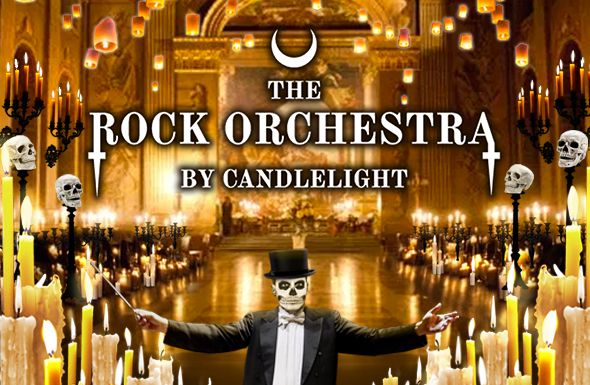
HARRY POTTER AND THE CURSED CHILD

HARRY POTTER AND THE CURSED CHILD

HARRY POTTER AND THE CURSED CHILD

HARRY POTTER AND THE CURSED CHILD

HARRY POTTER AND THE CURSED CHILD

HARRY POTTER AND THE CURSED CHILD

Add Your Heading Text Here
Boston hosts thousands of events every year! Public art, musical performances, marquee attractions, and block parties are only a few of the ways in which you can expect to enjoy the vibrant neighborhood. There is always plenty to explore, so check out the event calendar and find your next adventure!
Plan Your Visit
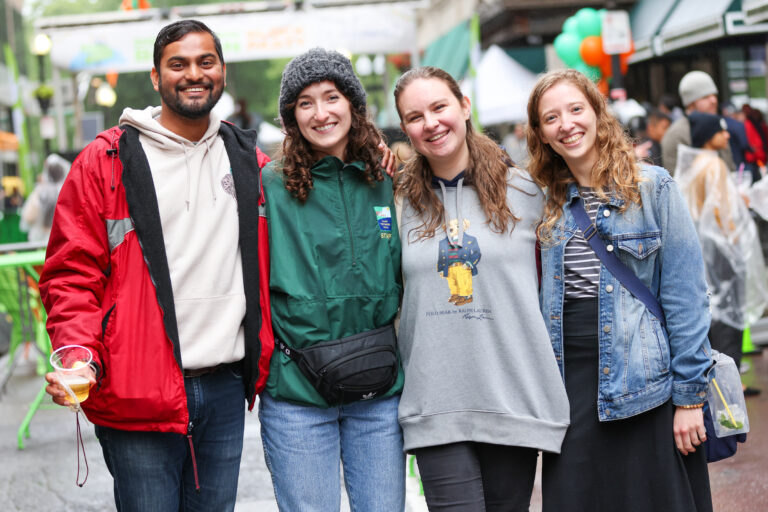
Downtown Boston is easy to get to, with connections to all major MBTA lines, a network of bike lines, ample parking garages, and flat walkable streets. Then, once you arrive, stay at one of 7 beautiful and welcoming hotels.
Live here
IN THE HEART OF IT ALL
From high-rise apartments with unreal views to renovated lofts and student dorms, Downtown Boston has a spot for everyone. There’s nowhere more lively and convenient to call home than right in the heart of the city.
Work Here
DO BUSINESS
In downtown, finding a spot to work is a non-issue. For remote workers craving a change of scenery, there are plenty of cafés and co-working spaces. If you prefer spending days in the office, it’s a convenient and easy commute to top companies.



